At Kodus, we face the daily challenge of helping teams maintain code quality, scale engineering, and simplify the code review process. And part of our job is to stay connected with good references: content that helps engineering leaders make better decisions, fine-tune processes, and strengthen team culture.
That’s why we’ve put together a few newsletters we follow on Substack. These are sources that go beyond theory: they share real-world experiences, practices that work, and reflections that help you see beyond the day-to-day of technical leadership.
1️⃣ Pragmatic Engineer
🔗 https://newsletter.pragmaticengineer.com
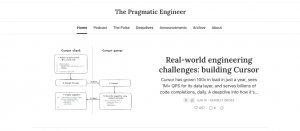
If you’re leading an engineering team at a startup or a scaling company, The Pragmatic Engineer is one of the best sources to keep up with what really works when it comes to technology and team organization. Created by Gergely Orosz, the newsletter brings technical analyses, architectural decisions, and team practices that growing companies use to maintain quality while scaling.
The content gets straight to the point, with real examples and discussions about the trade-offs behind decisions that impact speed, reliability, and technical culture. It’s the kind of reading that truly helps when making decisions day to day.
Besides the articles, The Pragmatic Engineer has a podcast that pairs well with the newsletter: open conversations with engineers, CTOs, and technical leaders about the real challenges of scaling technology and teams.
💡 Tip: It’s worth following Gergely on X (Twitter). He shares quick thoughts, opinions, and topics that don’t always make it into the newsletter.
2️⃣ Blog for Engineering Managers
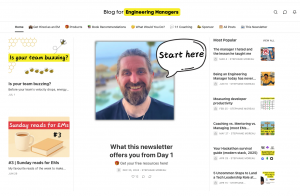
Created by Stephane Moreau, a Senior Engineering Manager with over ten years of experience leading teams at high-growth companies, Blog for Engineering Managers shares practical lessons from someone who deals with management challenges every day.
The focus is on what really makes a difference: how to measure what matters, how to prioritize when everything feels chaotic, and how to make better decisions as the team grows and pains emerge. Always with a practical angle you can apply to your context.
3️⃣ Practical Engineering Management
🔗 https://www.practicalengineering.management
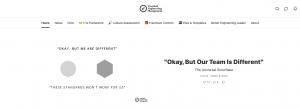
Practical Engineering Management by Mirek Stanek is light and straight to the point. What sets it apart is how he approaches topics: instead of repeating concepts everyone already knows, he focuses on how to apply them simply and in a way that fits your team.
You’ll often see topics like giving teams more autonomy in practice, adapting processes as the team grows, and making clearer decisions in imperfect scenarios. There’s always an idea you can try out right away.
4️⃣ Manager.dev
🔗 https://newsletter.manager.dev
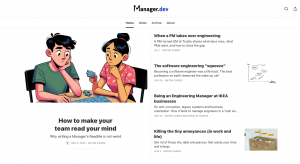
Written by Anton, Manager.dev shares the perspective of someone who’s in the trenches: how to balance the operational and strategic, organize the team through changes, and learn from mistakes.
The tone is direct: he shares what he’s trying out, what worked, and what didn’t — no fluff. The articles are quick and to the point, but they almost always offer a useful insight to help you adjust what needs adjusting in your team.
5️⃣ Engineering Leadership
🔗 https://newsletter.eng-leadership.com
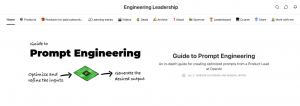
Engineering Leadership by Gregor Ojstersek is one of the fastest-growing newsletters among engineers and technical leaders. Gregor worked his way up from developer to CTO, and he writes from that experience.
You can expect two articles per week (Sunday free, Wednesday paid), covering topics like leadership, building products at scale, structuring teams, and growing in a technical career. It’s helpful both for people already in management and for engineers looking to prepare for new challenges.
Wrapping up
These newsletters aren’t competitors — they complement each other. Some help with the tactical side of day-to-day work; others spark reflection on the strategic role of leadership. At Kodus, we like to mix both types of reading because a good technical leader needs to balance action with long-term vision.
If you know other newsletters that add value in this space, send them our way. There’s always room for one more good reference in the feed.



